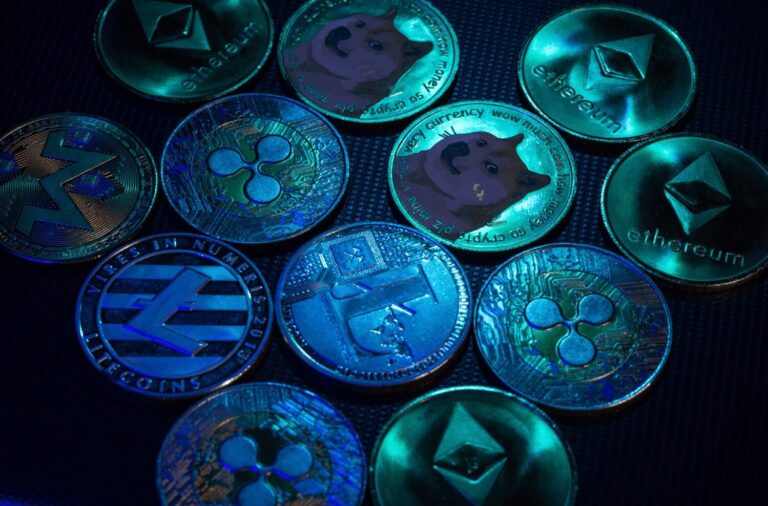
In a year filled with major wins for XRP and its backers, many expected the token to be surging well beyond its current range. Yet despite some of the most bullish news in its history, XRP continues to lag behind broader market performance — and investors are starting to ask why.
Let’s rewind to the two milestones that should have sent XRP flying. First, the announcement in early March that XRP was being considered as a potential reserve asset for the United States’ official “Digital Asset Reserve.” That type of government endorsement is a once-in-a-lifetime kind of catalyst for most cryptocurrencies. Then, in May, Ripple Labs finally settled its years-long legal standoff with the U.S. Securities and Exchange Commission (SEC), a regulatory overhang that had kept many investors on the sidelines. These two developments alone had bulls targeting $3.50 and beyond.
Yet instead of a rally, XRP has seen a slow bleed. Since mid-February, the token has dropped about 6%, even as the overall crypto market gained 10%. So what gives?
The Derivatives Market Is Heating Up — But Not Everyone’s Bullish
One area where XRP is clearly gaining traction is in the derivatives market. On May 22, open interest in XRP futures across major exchanges reached 923 million XRP — valued at roughly $2.2 billion. That’s a 31% jump in just two weeks, signaling that traders are positioning for big moves ahead.
However, rising open interest isn’t inherently bullish. Futures can be used to bet both long and short, meaning some of that interest could be betting on XRP’s decline.
Still, funding rates — the cost to hold long positions in perpetual futures — have jumped to 19% annualized. That’s high, but still well below the 100%+ rates seen during XRP’s late-2024 run to $2.90. In essence, there’s strong optimism, but not yet the kind of euphoric FOMO that leads to blow-off tops. This leaves plenty of room for additional bullish momentum if new catalysts emerge.
Regulatory Clarity Is Here — But Political Roadblocks Remain
Another explanation for XRP’s underperformance could lie in the political realm. While the SEC battle is over, Ripple’s attempts to fully re-enter the U.S. regulatory conversation haven’t gone smoothly. Senator Cynthia Lummis, who chairs the Senate Banking Subcommittee on Digital Assets, has reportedly rejected multiple outreach efforts from Ripple’s leadership, including CEO Brad Garlinghouse.
Garlinghouse took to social media on May 19 to call for more inclusive conversations with lawmakers, urging Lummis to “be a leader for ALL of crypto.” This political friction, while subtle, may be enough to keep potential institutional partners cautious until the regulatory waters are completely calm.
Still, the long-term prospects remain bright. Ripple’s cleared legal status opens the door to new partnerships, acquisitions, and even a spot ETF — a possibility that has XRP bulls buzzing. With several ETF filings under review, the SEC is expected to deliver a verdict by October. If approved, it could bring a flood of institutional capital into XRP, reminiscent of Bitcoin’s post-ETF surge.
What’s Next for XRP?
The fundamentals have arguably never looked better. Regulatory clarity? Check. Institutional interest? Growing. Derivatives activity? Heating up. And yet, XRP remains range-bound.
What we may be seeing is a classic case of a market waiting for confirmation — for the ETF to be approved, for partnerships to materialize, and for political resistance to soften. If and when those boxes are checked, the current $2.42 price could quickly become a distant memory.
Until then, traders seem content to wait and watch. But with $2.2 billion in open futures positions, it’s clear that when XRP does move — it could move fast.


